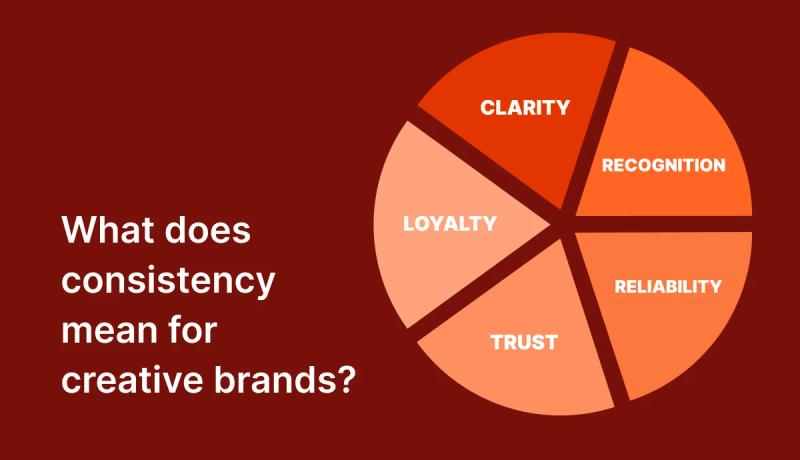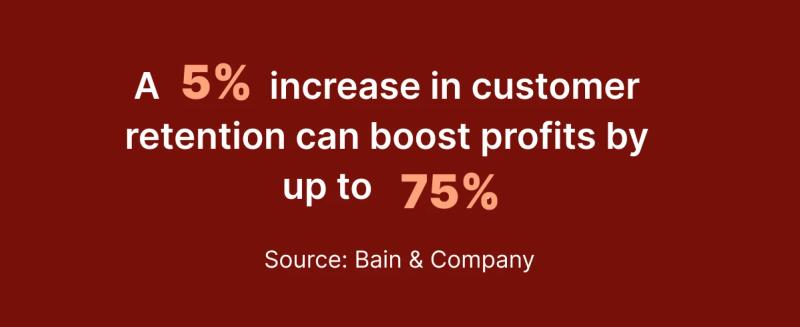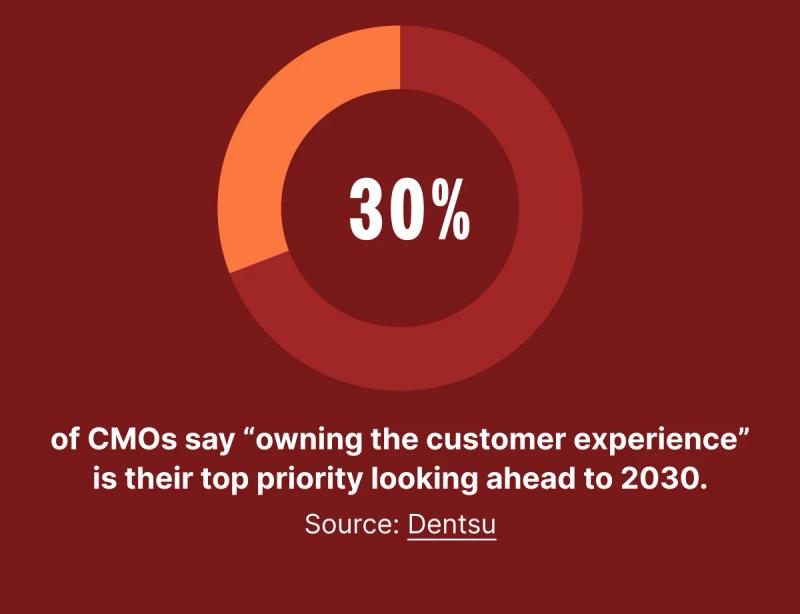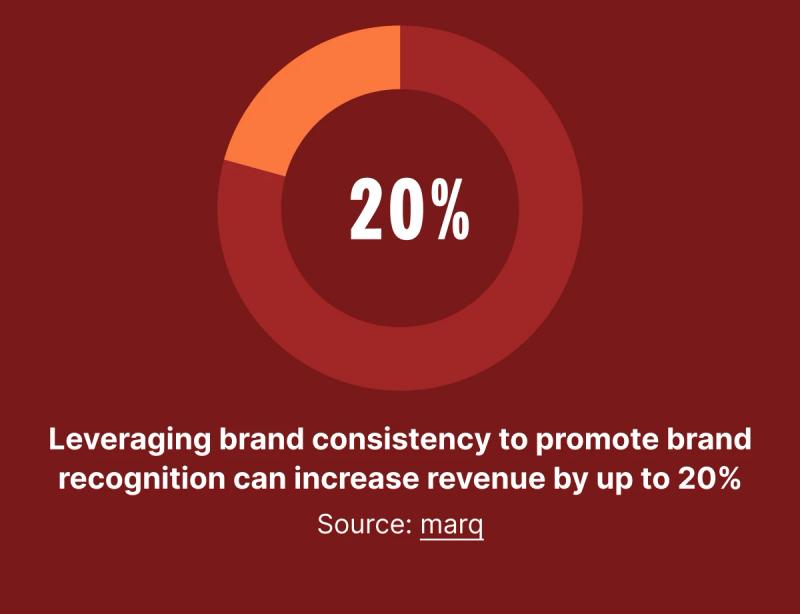Building Brand Consistency: Why It Matters and How to Do It

Table of Contents
Maximize Your Marketing ROI
Join 10,000 other marketers already getting the best tips on running engaging events that boost pipeline and create raving fans.
Brand consistency is the practice of maintaining uniformity in how a brand is represented. It ensures that all messaging, visual elements, tone of voice, and overall brand experience is cohesive and reflective of the brand’s values, personality, and purpose.
But what does that really mean for everyday boots-on-the-ground marketers?
Today, we’ll share an overview of what brand consistency actually is and how you can achieve it.

How to achieve brand consistency
If you’re struggling to find a theme or vision that ties your individual marketing campaigns together, you’re not alone.
The concept of ‘brand’ is itself, kinda nebulous. And if you’re like most marketers, you’ve realized that success with individual campaigns doesn’t always translate to increased brand recognition or loyalty.
Brand consistency can change that. Here’s how.
1. Establish a strong brand identity
According to a 2021 survey from BCG and Google, almost all (99%) of B2B marketers say trust plays an important role in the B2B buyer journey. And nothing breeds trust like consistency.
But breaks in your brand identity can interrupt that experience. So, what's the difference between brand consistency and brand identity?
Here’s a quick analogy: Brand consistency is like the symphony conductor and brand identity is the musical score that defines the melody and tempo of the performance. If a single note is offkey, the entire experience feels out of tune.
There are three key elements of a strong brand identity: values, visuals, and tone.
Values
What does your brand stand for? Your brand’s values could be reflected in your mission statement, strategic goals and priorities, and how your brand sees itself relative to your target audience.
By communicating your brand promise across every touchpoint, you can foster greater customer loyalty while establishing a strong brand reputation with new audiences. But you’ve got to mean it.
Here are three steps you can take to get clear on your brand’s core values:
- Conduct stakeholder interviews with founders and leadership aimed at defining your purpose and vision.
- Create employee surveys or conduct interviews with team members at all levels to gather their perspectives on culture and what they believe the brand stands for.
- Engage with customers through surveys, focus groups, or interviews to understand what values they associate with your brand.

Visuals
Orson Welles once said that a strong visual style is unique to you, “but also identifiable to others.”
Think about all the visual elements that represent your brand—logos, colors, typography, design styles, and more. By using the same brand image across all touchpoints, you can reinforce your brand in the minds of potential customers and get seen in a crowded marketing ecosystem.
To create a standout visual identity:
- Use elements that play into your brand's personality and values—then stick to them. With consistent styles, colors, and imagery you can develop key associations with your brand every time a prospect or customer sees it.
- Review or develop your brand kit to include a distinct color palette and typography. Choose 2-3 core colors, 2-3 secondary colors, and 1-2 typography styles that align with your brand's tone and values.
- Create a library of visual elements and guidelines. For easy asset management, develop a collection of visuals such as logos, icons, imagery, and design elements that reflect your brand's style. Create guidelines for usage, placement, and sizing to ensure consistency across channels.
Tone
Tone of voice (ToV) expert and founder of language strategy studio, That Explains Things, Nick Parker believes “a brand’s tone of voice is a powerful nudge.” He even goes so far as to say that a writer with a clear ToV is a “one-person nudge unit”.
With B2B consumers behaving more and more like B2C consumers, having an instantly recognizable tone will be important for the 30% of CMOs who say “owning the customer experience” is their top priority. But many brands still overlook it.
Follow these tips to identify and document your brand’s tone of voice:
- Gather existing brand assets like website copy, social media posts, ads, product descriptions, customer reviews, market research and more.
- Identify common patterns and themes in language, tone, and style. Do these align with your brand’s values? Schedule quarterly check-ins to make sure your style conventions, talking points, and writing rules still reflect your brand.
- Create a brand voice guide based on the patterns you’ve identified. Include guidelines on tone and language usage, proper grammar and syntax, and even tricky situations like when to use emoji, humor and wit. Use real examples to help team members understand how to apply these rules in their content creation processes.

2. Design your brand messaging
Once you’ve got the visual ID of your brand nailed down, it’s time to examine your messaging. What do your visuals say about your brand?
Whatever that message is, it should be consistent across your design, language, and marketing channels.
Design
What do HubSpot, Coca Cola and Charli XCX all have in common? They use visuals with immediate brand recall.
When it comes to your design, aim for colors, fonts, and shapes that will “stick” in your ideal prospect’s mind. Strong design helps ensure that all your marketing assets, whether that’s your home page or a one-off social media post, have a consistent look and feel. Plus, with a cohesive design ethos, it’s easier to move from one visual identity to another when updating or even overhauling your branding in the future.
Language
A consistent tone of voice doesn’t just help you create a recognizable brand identity. It also builds a sense of familiarity.
Make sure your language and tone are distinct from the language your competitors are using. Document the do’s and don’t of your tone of voice in an official style guide and create a separate document for common ‘boilerplate’ copy, including key value propositions, end benefits, and CTAs, to make it easy for the entire marketing team to execute consistent messaging across channels.
Marketing channels
While multi-channel brand campaigns are important, and adapting tone to channel is important, balancing that with the brand’s overarching tone is also key.
Focus on developing overarching campaign themes or narratives that tie together across all marketing initiatives. This cohesive approach will help reinforce your brand messaging across channels and create a unified experience for customers no matter where they encounter your company’s brand.

3. Tie brand products and services to brand value
Consider the sense of possibility you experience when opening the screen of a brand new MacBook Air. Or the coziness of a warm cup of coffee at your local Starbucks.
Do your products inspire innovation? Quality? Community? Nostalgia?
Just as a well-written script brings a story to life on stage, aligning your products and services under a consistent brand identity brings your brand's story to life.
Look for ways to connect your products and services to your brand identity. For example, Dooly’s website, Fire Talks event series, and social media all use the same fun but focused tone. This elicits positive emotions while directly tying back to the company’s promise to help sales teams go from chaos to consistency.
4. Brand all aspects of marketing campaigns
From LinkedIn to TikTok, today’s buyers are everywhere. Better brand consistency brings more juice to your integrated multichannel campaigns by letting them know that yours is a brand they can trust.
For a successful brand on every channel, make sure every element—from your mailers to your ads and even your influencer campaigns—is consistent with your brand name and reputation.
Yes, you will have to adapt your messaging to suit audiences on specific platforms. But it should all tie back to the broader brand strategy.

Why brand consistency matters
In a world where only 1 in 3 consumers trust the brands they buy from, brand consistency is the key to unlocking increased trust and recognition.
To recap, here are just a few of the major benefits consistent branding can bring:
- Increased brand recognition among new followers and audiences
- Stronger customer trust with existing accounts
- Greater differentiation among competitors
- More trust in your products and services
If you’re like the many marketers putting events at the heart of your branding efforts, you need tools and processes in place to get as much brand juice as possible out of those assets.
Digital events, webinars, and even podcasts, have speakers and headliners that aren’t directly affiliated with your brand and may have a bigger following than you. To increase brand awareness across multiple social media platforms quickly, you need to make sure your event content and marketing materials are instantly recognizable.

Already a Goldcast user? Take advantage of user-friendly branding tools that let you:
- Customize your event registration page with an easy no-code page builder. You can add event-themed visuals, add your logo and brand elements, and preset custom color schemes.
- Create branded stage backgrounds. Upload a hero image, select a single solid color, or create a gradient effect to include more shades from your brand’s palette.
- Use your brand fonts across every area of your event.
- Set up branded name cards to showcase your speakers’ names, titles, and companies in colors that match your event branding.
- Upload sponsor logos or images to share on stage during your event.
The branding party doesn’t stop once your event wraps. Post-event, you can create branded video clips and content snippets to share across channels.
Content Lab’s Brand Kit has everything you need to:
- Choose the right brand colors to use in your video clips
- Use custom fonts in captions and speaker labels
- Build templates for on-brand video clips and audiograms
- Add branded intro/outro videos to the beginning and end of your clips
“There were so many tools out there, but when it came to a Goldcast event, I knew it was Goldcast by the sheer simplicity and sophistication of how it looked and the level of branding—it’s just in a different universe than the other platforms I've seen,” says Haley Ferrante, Director, Digital Programs at Zuora.
She’s one of a growing number of marketers using substantive long-form event content to create repeatable assets customized for maximum results across platforms.
Execute your brand guidelines to a ‘t’ with Goldcast + Content Lab
At the end of the day, the old saying still rings true: Your brand is not what you say. It’s what you do.
With a strong commitment to delivering a consistent brand experience across every customer touchpoint, you’ll stand out amid an avalanche of other brand voices and improve your odds of developing real relationships that lead to real revenue.
Learn how the powerful combination of Goldcast and Content Lab helps brands execute, scale, and repurpose their events for maximum impact and ROI.
Sign up to try Content Lab for free. Or book a demo of Goldcast to see the powerful event platform in action.
Transform Your Video Marketing with AI
Stay In Touch
Platform
Resources
© 2025 Copyright Goldcast, Inc. All rights reserved.





 Upcoming Events
Upcoming Events Event Series
Event Series On-Demand Events
On-Demand Events

